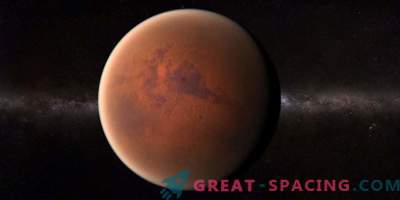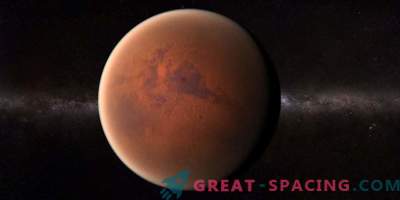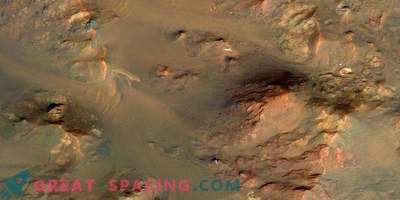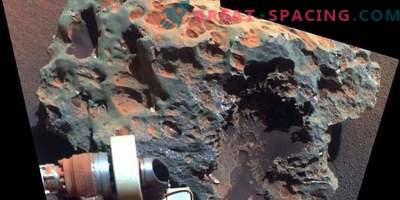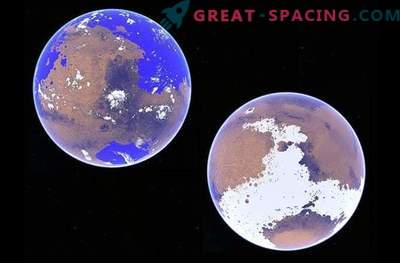
Once wet Mars could coexist with the orbit of Venus before gravitational contact pushed the Red Planet into its present orbit.
Millions of years ago, Mars could boast of liquid water on its own surface. But the planet has lost its atmospheric layer, and with it the ability to retain water. Many theories think so, but the new one does not quite agree. Recently, a group of scientists released a model that indicates that the Red Planet was beginning to develop as a warm and humid planet that lived much closer to the Sun.
More specifically, Mars began to exist not far from Venus, and then moved beyond Earth. This model does not have many chances to exist, but it is still possible. The analysis showed that a little more than 10% of the worlds begin their way in this way.
Martian transportation
The Martian surface is covered by river mouths and deltas, which hints at the presence of water in the past. These features are more than 4 billion years old, which means the water was not durable on this planet. But 4 billion years ago, the sun was young and shone only 75% of its present brightness. The newborn star was not hot enough to keep Mars warm on its current orbit (229 million km). It would take an atmospheric blanket to keep the planet warm and watery. With a significant greenhouse effect, the Red Planet would be able to hold water in a liquid state on the surface. Over time, the atmosphere departed into space. This phenomenon is actively exploring the mission of MAVEN.
But this is not the only solution to the problem. The new model shows that in the past, the area near Venus had the correct temperature for liquid water. Using computer simulations, we managed to find out that two planets could develop side by side for 100 million years — a short enough time for the formation of liquid water. Both worlds would remain motionless, facing each other until destabilization in orbits occurred.
After escaping, Mars would pass by Venus into several orbits. Gravity would push Venus inward, and the Red Planet was spiraling, approaching Earth. Here the situation is complicated. The first simulations showed that contact with terrestrial gravity would allow Mars to be in the current position. But scientists have noticed that the planet was approaching 40 earth radii to the planet, which is closer to the distance to the moon. Unfortunately, the original models did not take into account the earth satellite. The researchers conducted 10,000 simulations with Mars entering the Moon-Earth system at different speeds. It turned out that the closer the Red Planet approached our surface, the more obvious it influenced the Moon (sometimes it was generally forced out of the system). But these close encounters prompted new reflections. The main theory of the emergence of the earth satellite indicates that a Martian-sized object collided with the Earth at the beginning of the life of the Solar System. Such a blow cut a piece of the earth's surface, which with the fragments of a drummer formed the moon. This process resembles a part of a new model, but without disastrous consequences.
Chances of living near Venus at the beginning of the history of the system near Mars are slim. In most of the simulations, the Red Planet collided with Venus or Earth, which would lead to destruction. In about 20% of Mars simply pushed out of the system, and in 10% he went to the sun. Only in 13% of cases did the planet feel wonderful between Venus and the Earth. Researchers will continue to study models in order to understand whether Mars could move to its present position without consequences dangerous for us and ourselves.
